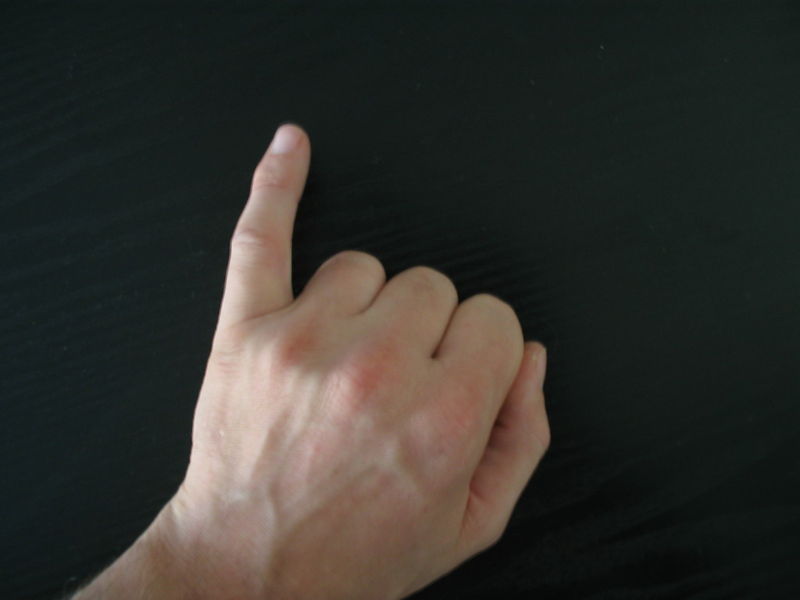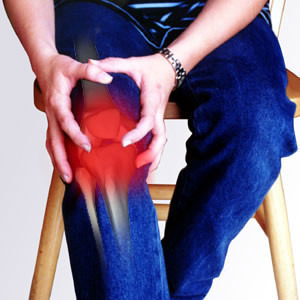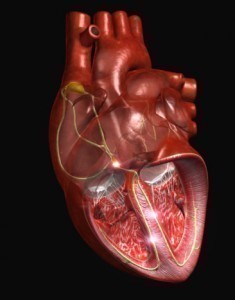Pain in Pinky Finger
The pinky finger is one of the most sensitive parts of the human body, mainly because of its relatively small frame compared to other fingers. For this and many other reasons, it is prone to injury and various painful conditions, which greatly affect the left, right, upper and lower parts of the pinky finger. Here is a quick look at some of its important aspects including its symptoms, causes, treatments and diagnosis.
Symptoms of Pain in Pinky Finger
For people suffering from rheumatoid arthritis, the symptoms include stiffness, swelling and severe pain in the joints of the finger. At times, patients have a dull feeling and tingling sensation in the affected area. If the finger is broken, the symptoms include numbness, sharp pain as well as swelling. In worse cases, the finger may be deformed or dislocated. Another possible cause of this medical condition is carpal tunnel syndrome, the signs of which are finger paresthesias, numbness and chronic pain. Moreover, certain nail conditions can also cause stabbing and shooting pain in the pinky finger. Its symptoms include infection and swelling.
Causes of Pain in Pinky Finger
There are many different reasons why people can feel pinky finger pain. These include rheumatoid arthritis, Raynaud’s phenomenon and osteoarthritis. Add to that, severe pain is bound to happen, especially due to medical conditions such as nerve problems, injury as well as blood flow problems. Although this kind of condition is common among adults, children are not free from such painful problems. One of the reasons behind pinky finger pain amongst kids is juvenile rheumatoid arthritis, which is associated with signs like swelling, limited range of motion and stiffness of the finger joints.
Diagnosis of Pain in Pinky Finger
When the pinky finger is involved, there are many ways to diagnose the problem. One of these is physical examination, where the patients will be examined thoroughly including the range of movement, level of tenderness and deformity. Patients can also undergo blood tests, where various factors will be checked such as rheumatoid factor, blood sugar and full blood count. Of course, radiologic examinations can also help a lot in diagnosing the real problems. These include electromyography, magnetic resonance imaging and x-rays.
Relief for Pain in Pinky Finger
In order to fight off pain, swelling and inflammation, patients are advised to take different kinds of non-steroidal anti-inflammatory drugs. Some of the most trusted medications are ibuprofen and naproxen. In case of rheumatoid arthritis, the best solutions include disease-modifying anti-rheumatic drugs such as leflunomide and methotrexate. When suffering from this painful condition, it is also good to take cyclooxygenase-2 inhibitors, corticosteroids and anti-malarial medications.






